The difference of Flavor characteristics between Coffee Bean main producing area and Coffee Bean Variety
Professional coffee knowledge exchange more coffee bean information please follow the coffee workshop (Wechat official account cafe_style)
Today, the output of Arabica beans accounts for 70% of the world's coffee production, and Arabica beans are recognized as coffee beans with good flavor, so, in addition to Arabica coffee beans, the coffee varieties that are now "tamed" by humans are Robusta and Liberika. In the front street of this article, let's talk about these three varieties of coffee beans.

A random search on the Internet will find the differences between Arabica beans, Robusta and Liberika beans. For Arabica, the bean shape is oval, slender and flat, and the midline is "S"-shaped. Like ordinary Arabica, the fruit contains two coffee beans, so one side of Arabica coffee beans is straight. Of course, there are exceptions, such as some coffee fruit with only one coffee bean, these coffee beans show round, full. It's kind of like the appearance of Robusta. These are called round beans and are generally smaller than flat beans. If the normal flat bean is 17-18 mesh, then the round bean is about 14-15 mesh.
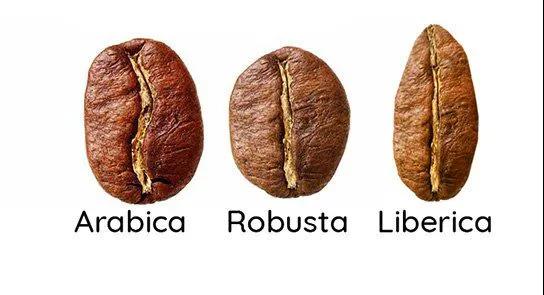
First of all, let's talk about Arabica coffee beans. Arabica is the largest variety of coffee beans that can be seen in the boutique coffee industry. Friends often ask Qianjie which is better, iron pickup or Arabica, which also reflects that Arabica, which is most often heard, is equated with iron pickup when people come into contact with fine beans, but iron pickup is only a branch of Arabica. Is one of the most native varieties of coffee. There are also coffee varieties that we are familiar with: bourbon, Rosa, SL28&SL34, bourbon, Kaddura, Kaduai and so on are all branches of Arabica varieties. Because there are too many branches, let's talk about the Arabica coffee varieties just mentioned in front of the street. Iron pickup
As the oldest coffee variety, the size of the iron pickup is often used as a model feature of the Arabica species. That is, the bean shape is oval, slender and flat, and the midline is "S"-shaped. Of course, sometimes the appearance of coffee beans will be changed after some special treatment processes, such as the wet planing process often used in Indonesia, the most important feature of which is that the sheepskin is peeled off after the washing process and then dried. Using a machine to plane the sheepskin is easy to be squeezed by the machine, and the beans are easy to crack in the shape of a sheep's hoof. Qianjie coffee through the cup test iron pickup coffee beans, no matter which producing area, iron pickup sweet and clean coffee flavor can be well reflected.
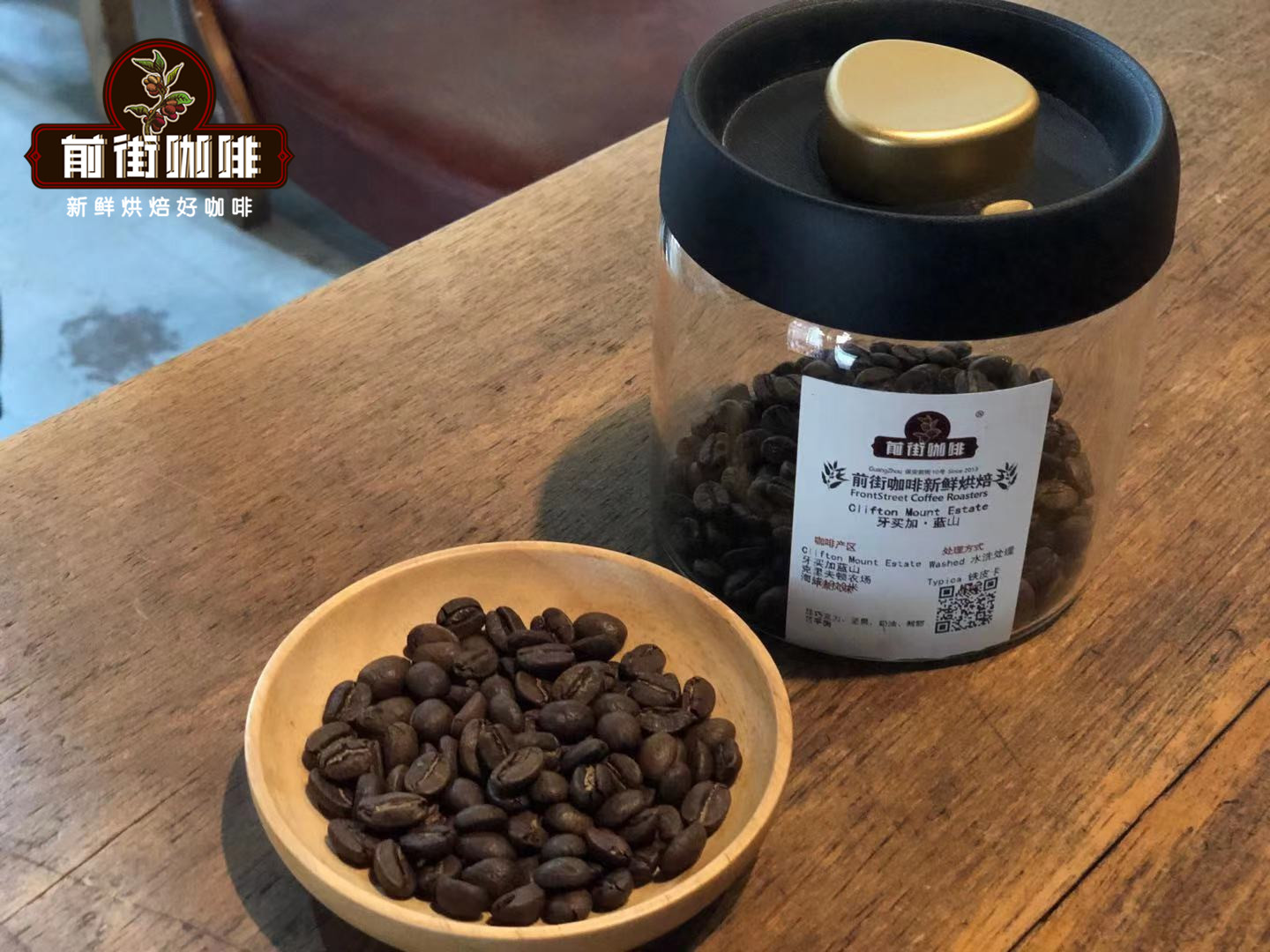
Bourbon
Bourbon is a natural variety of iron pickup, and the biggest change in its coffee beans is that it has changed from a long body to a round body. That is, we often say that the round bourbon, the particle size is similar to that of the iron pickup. Its lineal single gene variants, such as yellow bourbon, pink bourbon, Kaddura, Pacas and Verasac, all well inherit the appearance characteristics of bourbon coffee beans (some Kaddura, Pacas and Verasage have been artificially bred many times. Will appear the coffee bean phase slightly long phenomenon). The biggest difference between the appearance of bourbon coffee beans and iron pickup is that the leaves are wider, the fruiting coffee fruit is smaller, and the production is more intensive, so the difference in appearance of coffee fruit compared with iron pickup is that the fruit body is smaller and rounder. Bourbon is the winner of American boutique coffee cups.
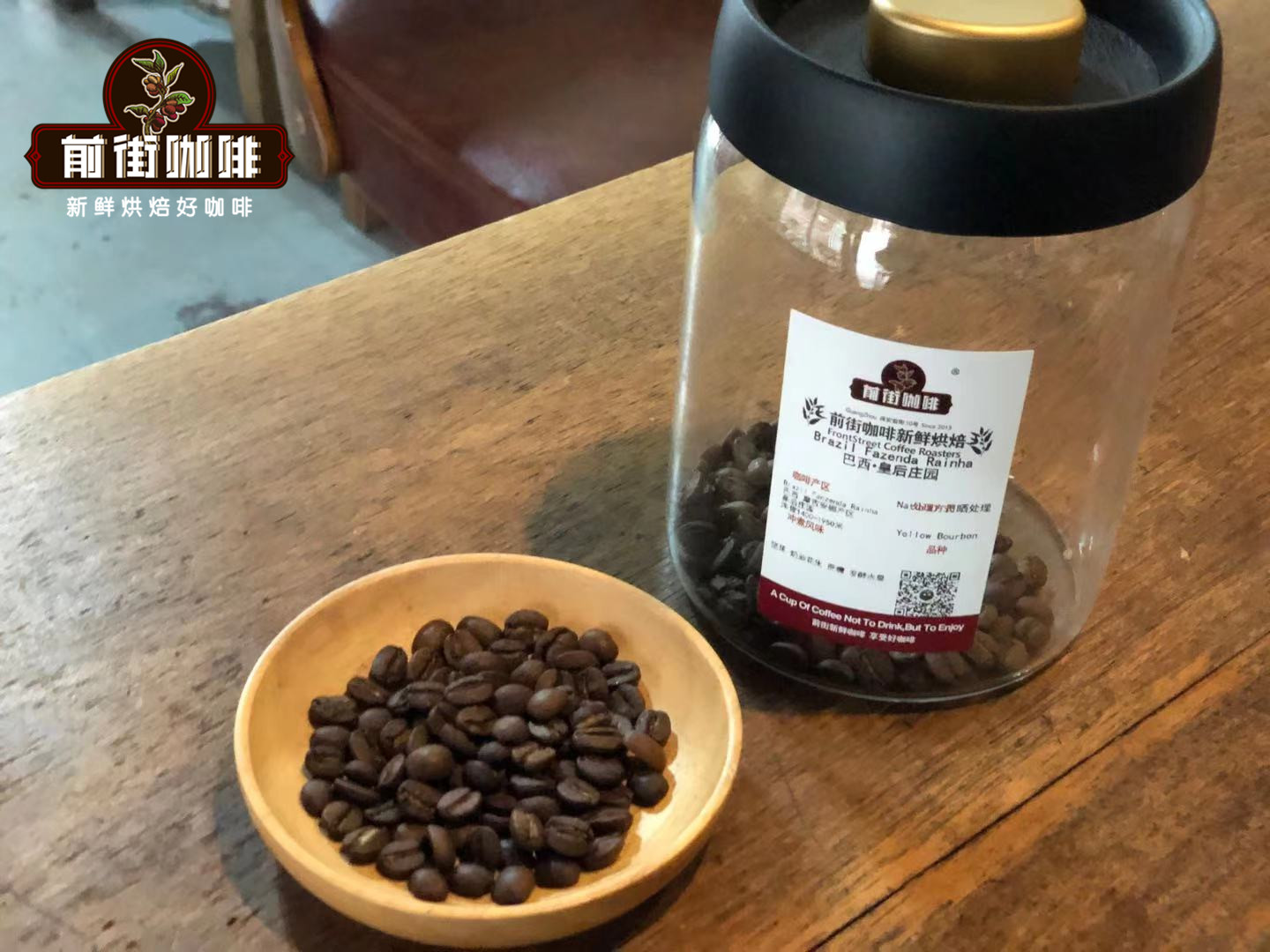
SL28&SL34
SL28 is a single variety selected from the drought-resistant population of Tanganyika in 1935. SL28 varieties are suitable for middle and high altitude areas and have the ability of drought resistance, but they are very sensitive to the main diseases of coffee. The appearance of SL28 bean is similar to that of bourbon variety, and it is round and thick. In recent years, genetic tests have confirmed that SL28 belongs to the bourbon gene group.
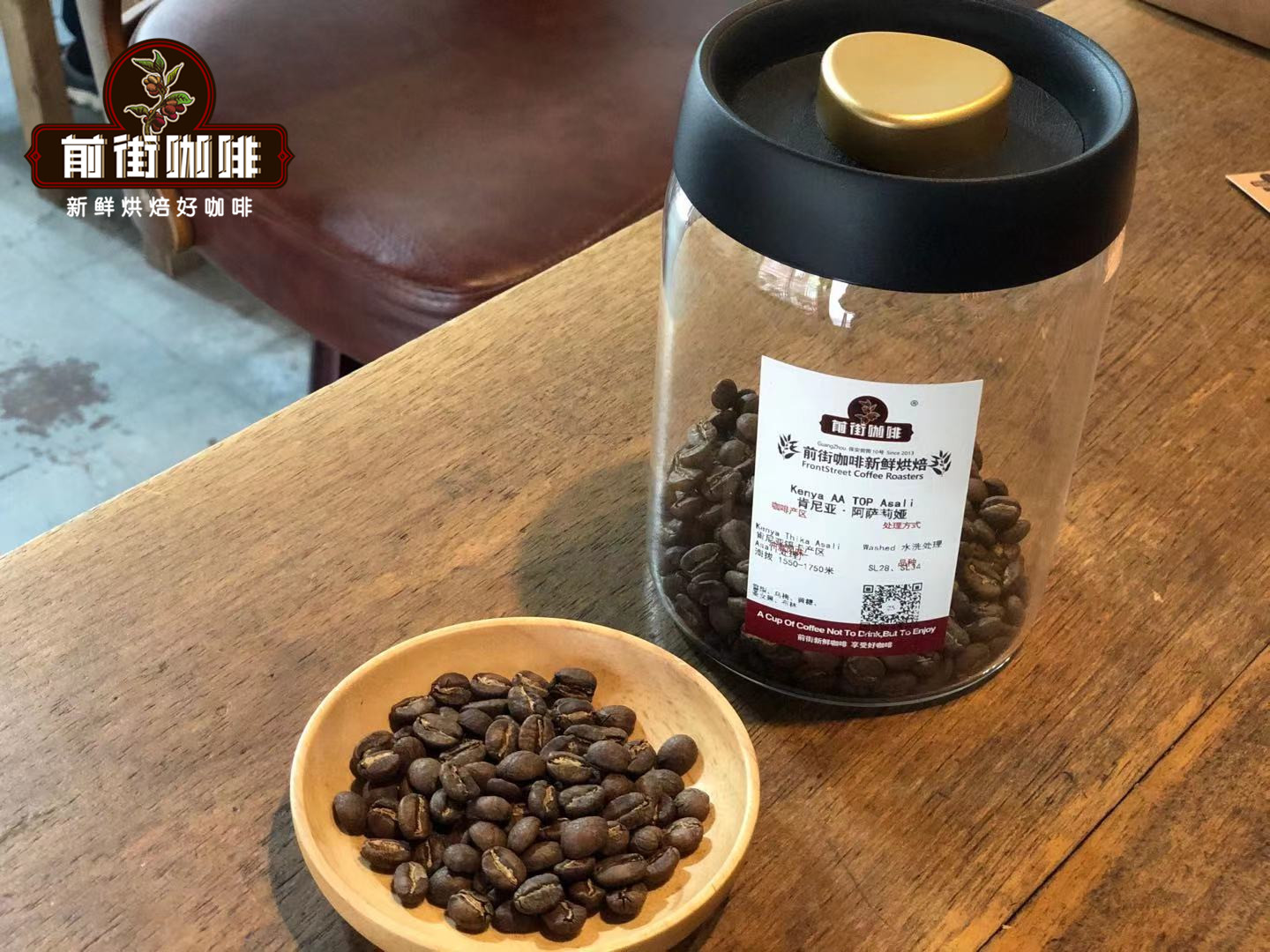
SL34 was first selected at the Scott Agricultural Laboratory in Kenya in the late 1930s. SL34 was selected from a tree in the Kabete Loresho property in Kenya, which is called the "French missionary". The appearance of SL34 beans is similar to that of iron card varieties, and the beans close to the shape of iron card beans are screened from Kenyan beans in the front street. The beans are long and oval in shape and look flat on the side. In recent years, genetic tests have shown that SL34 is related to the genome of iron pickup. Through the cup test in the front street, it is considered that SL34 and SL28 are similar in flavor, except for the complex and changeable acidity and great sweetness at the end, the taste is heavier, fuller and cleaner than SL28. The appearance of Rose Summer Summer Coffee should be written in two steps. The first is American Rose Summer, represented by Panamanian Emerald Manor. The second is the African Rose Summer, represented by the Rose Summer Village Manor in Ethiopia. The emerald manor is famous for its rosy summer. The most prominent feature of its rosy summer coffee is slender, pointed at both ends and fat and plump in the middle. Some of the rosy summer with good quality even have the size of Pacamara (18-19 mesh), and its distinguishing features are very obvious. Qianjie coffee is really attractive through the cup of rose summer coffee, the scent of flowers and oranges.
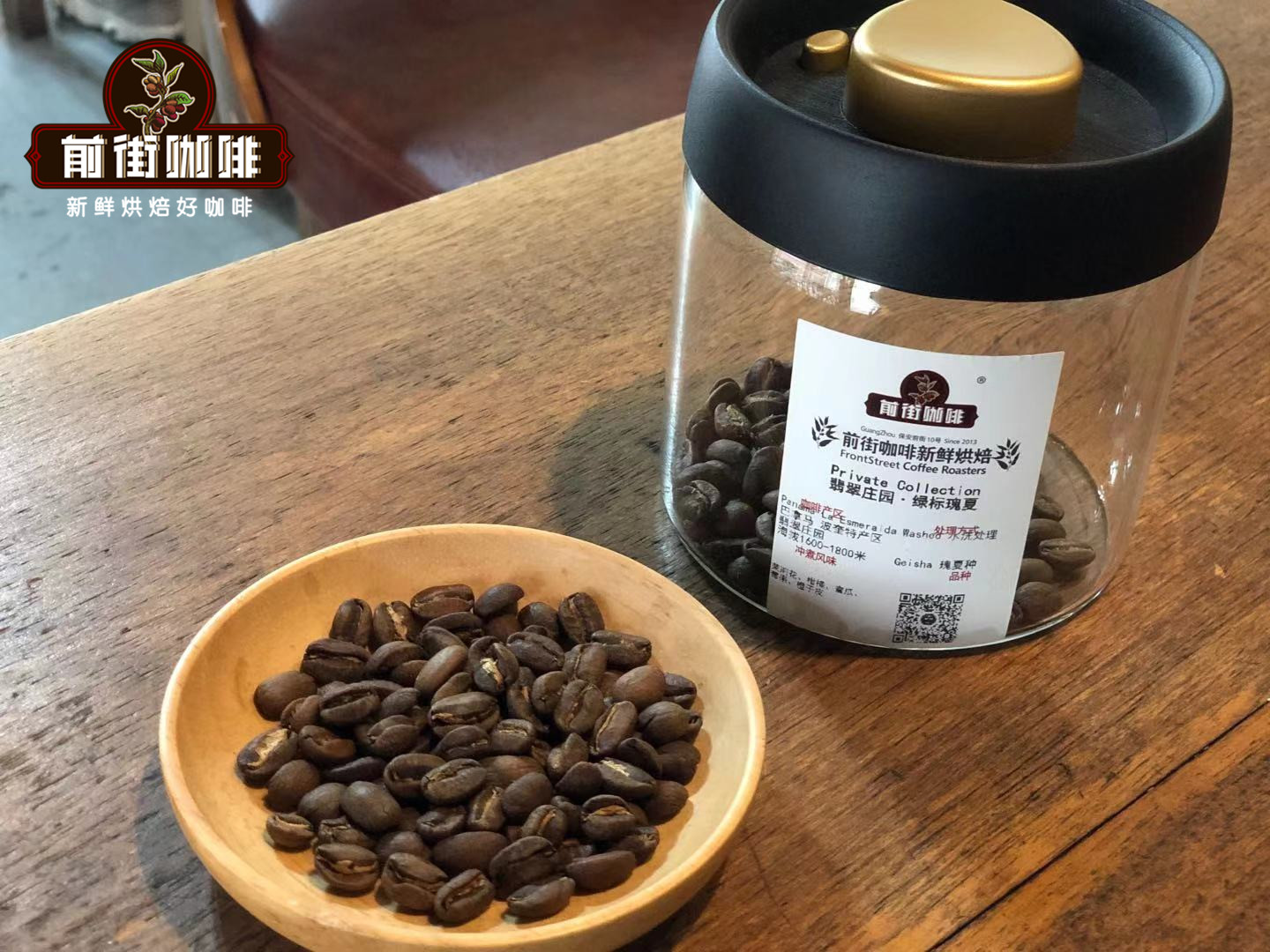
Kaddura
Kaddura is a variety of bourbon, was found in Brazil in 1937, production capacity and disease resistance are better than bourbon, and the tree is shorter, easy to harvest, strong adaptability, no shade trees, suitable for planting in the high elevation area of 700m to 1700 meters, the altitude adaptability is very strong, but the higher the altitude, the better the flavor, and the production capacity is relatively reduced.
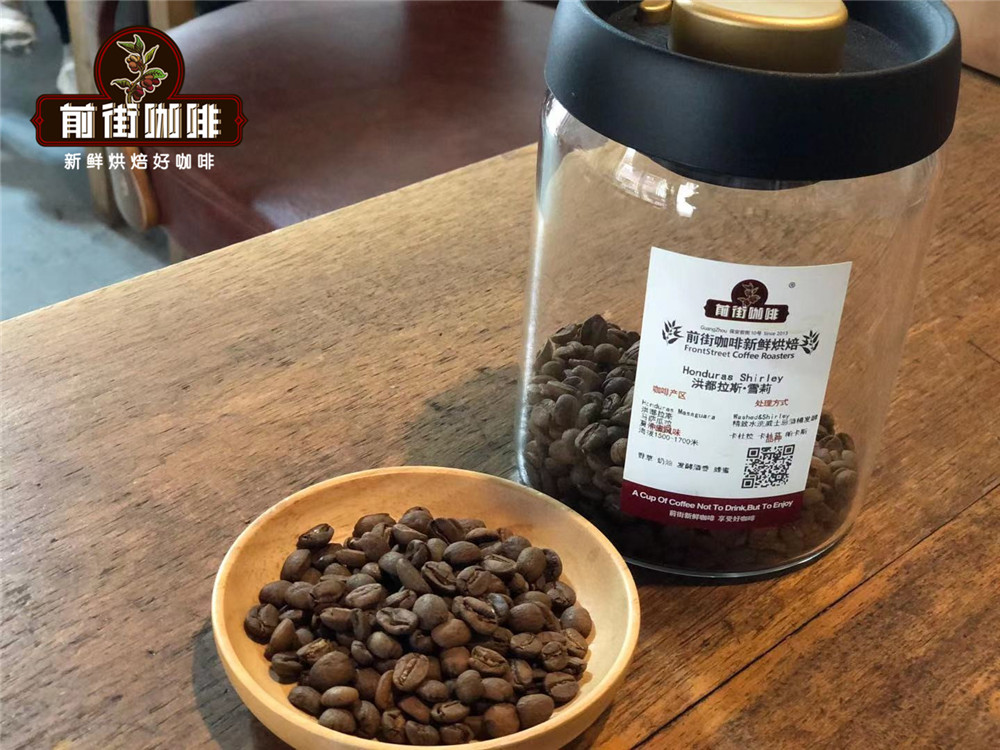
Kaduai
Kaduai was originally called "Hmur2077" when it was artificially crossbred by yellow Kaddura (Caturra) and New World (Mundo Novo) in 1949. Kaduai has a good ability to resist disasters, especially wind and rain. Because the plant is small, it can be planted at twice the density, and the plant is small, so it is relatively easy to treat diseases and insect pests. Kaduai is strong and low in height, but is vulnerable to leaf rust. Robusta
Although both Arabica and Robusta grow in the coffee belt: between latitude 45 °south and north, we often say that Arabica is planted at an altitude of more than 800 meters. Arabica requires high planting conditions and is weak in resistance to diseases and insect pests. Robusta is planted below 800 meters above sea level. Robusta has strong adaptability and strong resistance to diseases and insect pests. There are two problems: the ability to resist diseases and insect pests, and the ability to adapt to the environment.
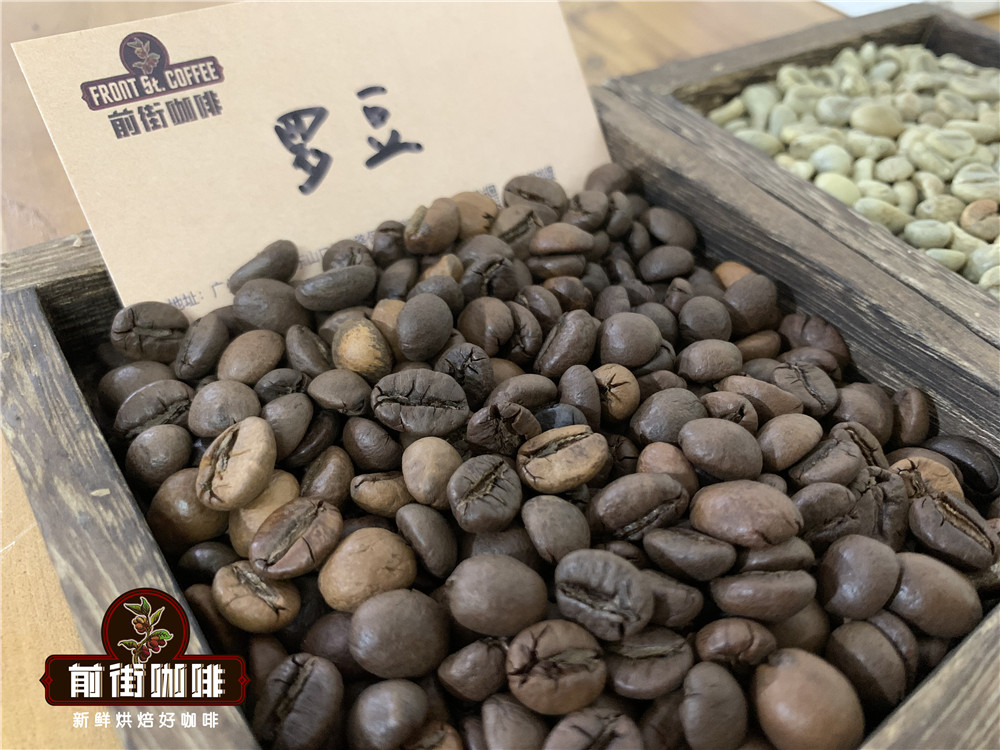
The global coffee growth belt lies between the Tropic of Cancer and Robusta is no exception. But Robusta's growth conditions are not as harsh as Arabica. Robusta can grow at lower elevations and higher temperatures. It grows faster than Arabica and is more tolerant to extreme weather conditions. Robusta is cross-pollinated, and pollination involves heredity. In general, plants obtained by cross-pollination are of higher quality-offspring produced by cross-pollination have the genetic traits of two parent plants, which are likely to produce new characteristics that help it survive in a changing environment. Robusta's strength lies in its ability to adapt to the environment by constantly changing its genes.
The main differences between Robusta and Arabica
Robusta's caffeine content is 2.7% Mur4%, twice that of Arabica. Caffeine, as a natural pesticide in plants, is protected from most insects. Caffeine is the most commonly used psychotropic drug in the world for humans, while for nature it is a natural insecticide that paralyzes insects that eat caffeinated plants.
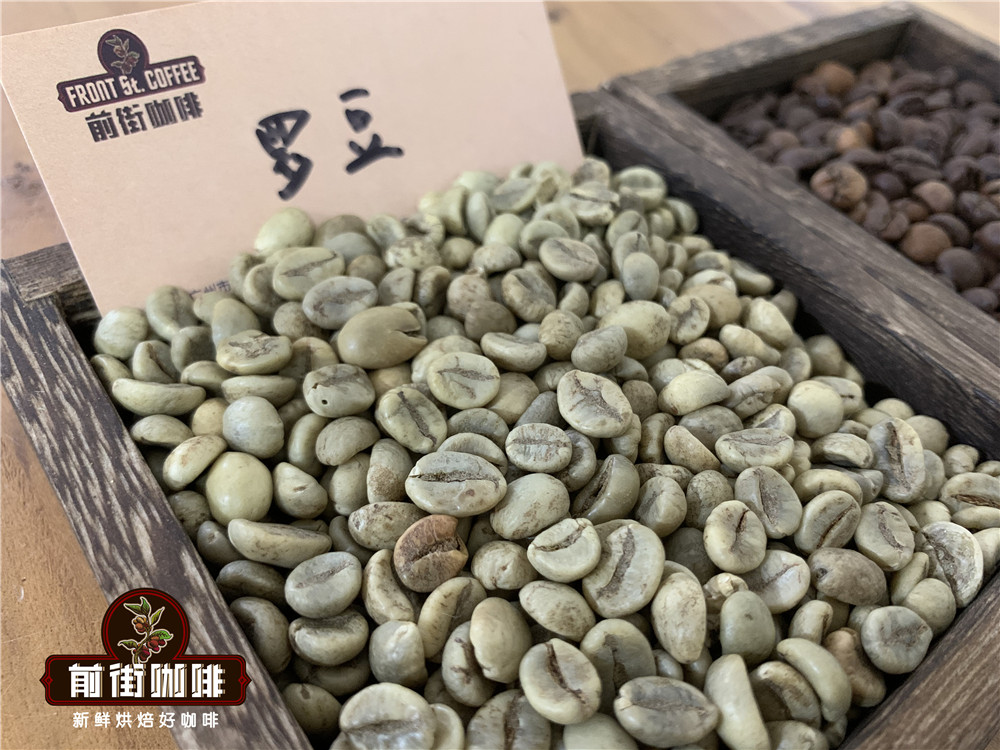
At the same time, the higher the caffeine content, the richer the coffee flavor. Robusta has higher contents of caffeine, amino acids and chlorogenic acid, and chlorogenic acid is the source of bitter taste. so Robusta was born without the unique elegant aroma of Arabica beans. Front Street coffee found that its flavor was thicker and lower than that of Arabica coffee. And walnuts, peanuts, hazelnuts, wheat, grains and other flavors, and even the pungent smell of soil and rubber. Liberika
Originally grown in the low-altitude forests of Liberia on the West African coast, Liberia is named after its place of origin, Liberia. The Liberica coffee tree is much taller than the Arabica species or Robusta, with a height of 6-20 meters, and the Liberica coffee fruit is also larger than the other two coffee species, so the Liberika species is also called a large fruit seed. Its coffee flavor is famous for its strong wood and smoky flavor. Liberia card species, Arabica species and Canefa species (Robusta) are also known as the three major types of coffee in the commercial coffee market. Liberica coffee accounts for 2% of world consumption, which is dwarfed by Arabica coffee (about 75%) and Robusta (about 20%).
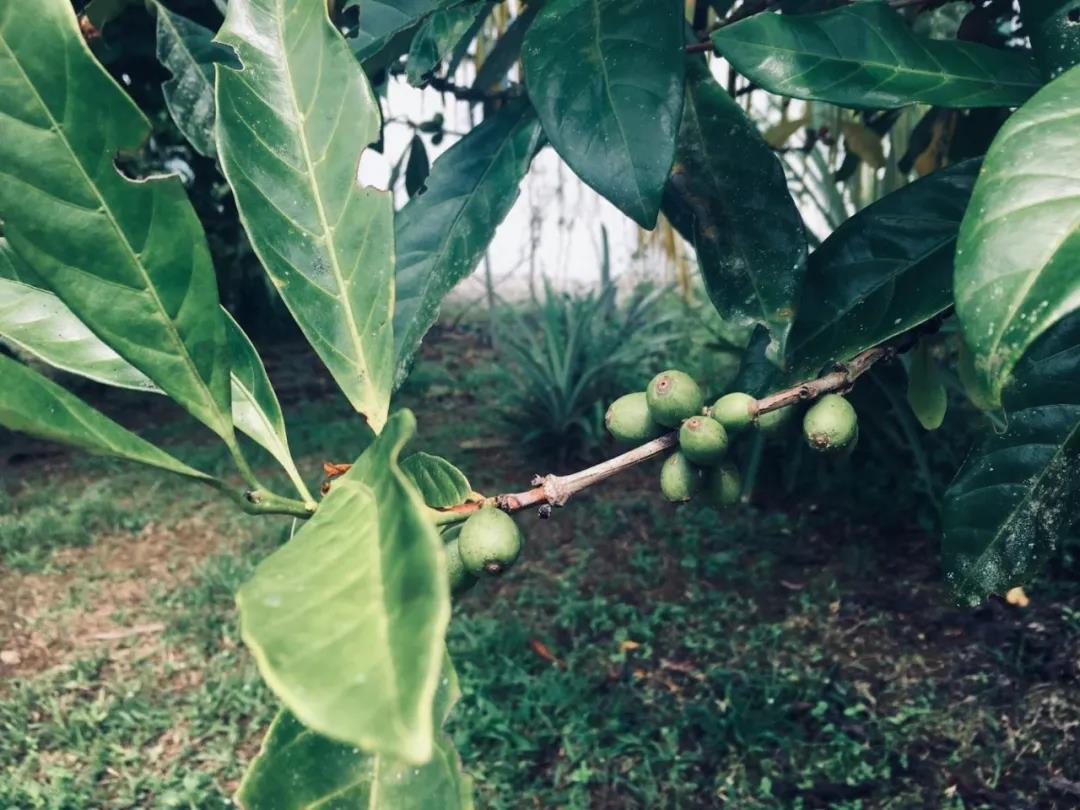
Of all the types of coffee, Liberica has the lowest caffeine content. Robusta has the highest content, with 2.26 grams of caffeine per 100 grams of beans. Arabica coffee is second only to 1.61 grams of caffeine per 100 grams of beans. Liberica contains only 1.23 grams of caffeine per 100 grams of beans. Although the caffeine content of Librika is lower than that of Arabica and Robusta, its flavor is not very friendly. The coffee flavor of Librika is dominated by nutty, dark chocolate and smoky aromas. It has a strong flavor, strong, even with the smell of soil and wood, compared with the cheerful flavor of Arabica, the flavor of Liberika appears to be more heavy and melancholy.
For more boutique coffee beans, please add private Qianjie coffee on Wechat. WeChat account: kaixinguoguo0925
Important Notice :
前街咖啡 FrontStreet Coffee has moved to new addredd:
FrontStreet Coffee Address: 315,Donghua East Road,GuangZhou
Tel:020 38364473
- Prev
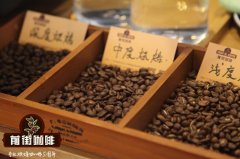
Basic knowledge of coffee bean blending knowledge of the types and origin of coffee beans that must be learned before blending coffee
Professional coffee knowledge exchange more coffee bean information please pay attention to the coffee workshop (Wechat official account cafe_style) Yunnan coffee bean varieties Typica and Bourbon coffee diversity lies in the unique flavor of different places, however, more likely, it exists in the blending. Today, Mr. Coffee will explain to you the basics of the blending of coffee beans.
- Next
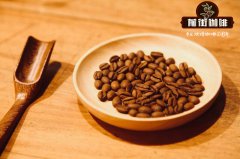
An article to understand the common boutique bean flavor Daquan coffee beans and a complete record of the origin
Professional coffee knowledge exchange more coffee bean information please follow the coffee workshop (Wechat official account cafe_style) Yunnan coffee bean varieties Typica and Bourbon if you have not yet formed a systematic understanding of coffee, coupled with selection difficulties, it is better to start with the following questions, understand your needs, drink black coffee, it is more suitable to filter and siphon with your hands
Related
- Beginners will see the "Coffee pull flower" guide!
- What is the difference between ice blog purified milk and ordinary milk coffee?
- Why is the Philippines the largest producer of crops in Liberia?
- For coffee extraction, should the fine powder be retained?
- How does extracted espresso fill pressed powder? How much strength does it take to press the powder?
- How to make jasmine cold extract coffee? Is the jasmine + latte good?
- Will this little toy really make the coffee taste better? How does Lily Drip affect coffee extraction?
- Will the action of slapping the filter cup also affect coffee extraction?
- What's the difference between powder-to-water ratio and powder-to-liquid ratio?
- What is the Ethiopian local species? What does it have to do with Heirloom native species?

